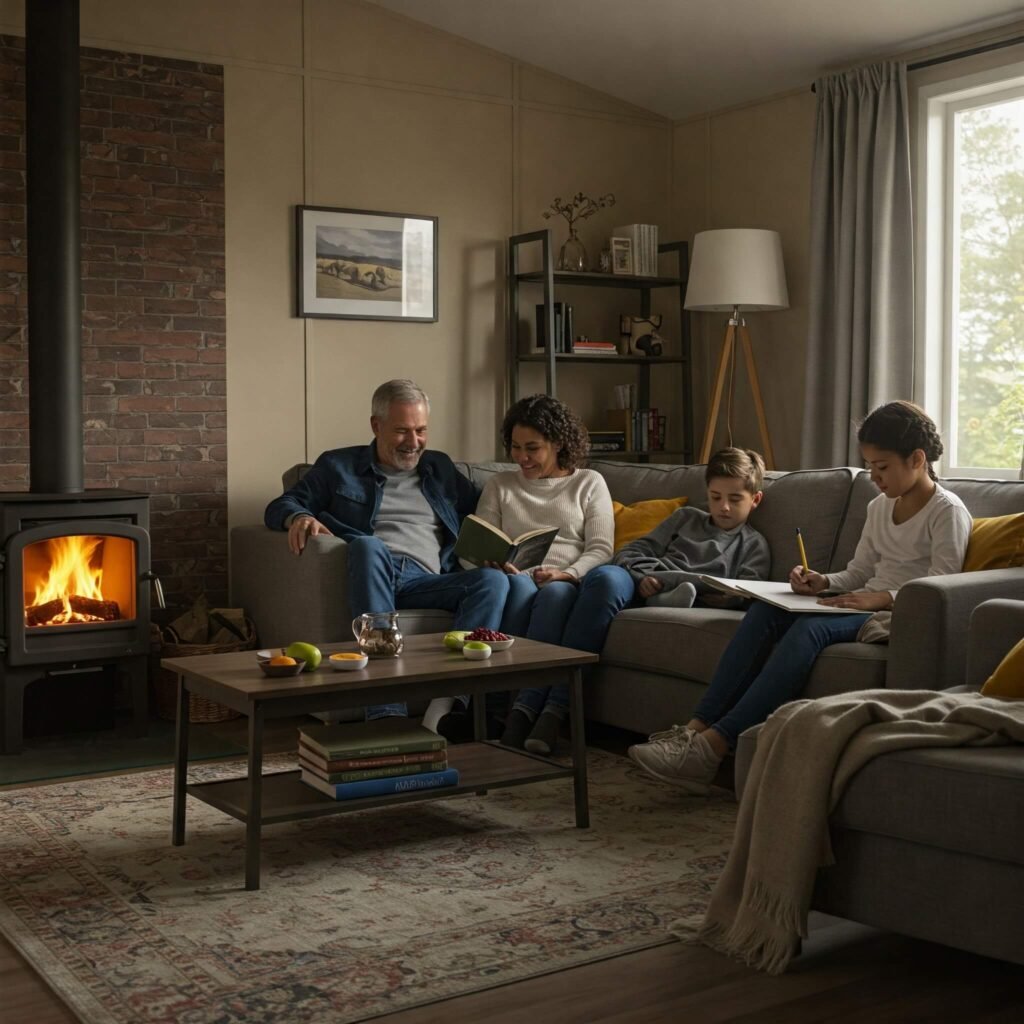What to look for in a home insurance policy—man, it’s like trying to shield your crib from life’s chaos while you’re still tripping over your own shoes. I’m in my Boston apartment, radiator hissing like it’s got a personal beef, surrounded by empty seltzer cans and a laptop screen glowing with an insurance website that’s making my brain hurt. I’m no insurance bro, okay? I’m just a dude who spilled coffee on my lease agreement last week and thought, “Well, there goes my renter’s life.” A home insurance policy is a wild ride, and I’m gonna spill the tea—screw-ups, late-night stress, and all—cause I’ve learned some stuff, mostly by being a total disaster.
Why a Home Insurance Policy Is Kinda My Obsession
A home insurance policy is all about protecting your place—whether you rent or own—so you don’t get wrecked when stuff goes wrong (NerdWallet’s homeowners insurance guide). I got into this in 2023, crashing in a Philly apartment where the walls smelled like regret and old takeout. I was scrolling X, dodging my dishes, when some rando posted about “protecting your home.” I was like, “Psh, I can barely pay my rent,” but I dug in anyway. Turns out, a home insurance policy ain’t just for fancy homeowners—it’s for anyone who doesn’t wanna lose everything in a flood.
Here’s why a home insurance policy matters, in my sloppy words:
- Flood Fiasco: Renters insurance saved my neighbor when a pipe burst. Learned this from Forbes after panicking about my own place.
- Theft Protection: A policy can cover stolen stuff. My laptop got swiped, and I was shook—wish I’d had coverage.
- Liability Vibes: If someone trips in your place, a policy’s got your back. Didn’t know this till I read up.
I fumbled hard early on. Thought I didn’t need renters insurance cause “nothing bad happens.” Then my neighbor’s pipe burst, and my friend Jess, who’s annoyingly good at adulting, was like, “Yo, you’re screwed without a policy.” She was right, and I’m still salty.

My Cringe Start with a Home Insurance Policy
Real talk—I only started caring about a home insurance policy cause I was freaking out about a leaky ceiling. Back in Philly, I was scraping by, dodging late fees in a studio where the heater sounded like a dying lawnmower. Saw an ad for renters insurance on X, and I was like, “Bet, this’ll save my broke ass.” Got a cheap policy, felt like a genius, then forgot to check what it covered—classic me. Had a minor flood from upstairs, and my coverage saved me $300, making me feel like I’d hacked life, even though I still owed $200 on my phone bill.
That win got me hooked. I started binging Bankrate and X threads like a nerd, trying to figure out how to protect my place. Turns out, a home insurance policy is about being ready for chaos, not being an insurance bro.
Tips from My Home Insurance Policy Screw-Ups
Here’s what I learned from my many L’s:
Ask Questions: I assumed my policy covered everything. Wrong—read the fine print, yog costs, like hotel stays or meals. Confirm that your policy includes adequate ALE to maintain your lifestyle during repairs.
Shop Around: I stuck with a lousy policy for a year—dumb move. Compare quotes to save cash (Bankrate’s tips).
Check Coverage: I didn’t know my policy didn’t cover floods. Got lucky with a small claim, but nearly cried.
How I’m Making a Home Insurance Policy Work for Me
Now, I’m in this Boston apartment, radiator still throwing tantrums, with a renters insurance policy keeping me kinda safe. I’ve got like $400 in my checking account—not much, but it’s enough to cover premiums without a meltdown. Here’s my shaky plan for picking a home insurance policy:
- Start Simple: You don’t need to be rich. I started with a cheap renters policy from Lemonade, and it’s easy to manage (Lemonade’s insurance guide).
- Bundle Policies: I got renters and auto together—saved $12 a month. Small win.
- Review Yearly: I check my coverage every year. Forgot once and overpaid for a policy—big oof.
I’m still a mess, though. Last week, I almost canceled my renters insurance cause I thought I could “vibe” without it. Didn’t do it, but only cause my cat knocked over my seltzer and I snapped out of it. Why am I like this?
The Emotional Rollercoaster of a Home Insurance Policy
A home insurance policy in one word? Relief. It’s this weird mix of boring paperwork and lifesaving protection, like a robot bodyguard who doesn’t judge you—much. Last year, my renters insurance covered $400 when my neighbor’s pipe burst, and I felt like a king, even if I was still eating instant noodles. But when I realized my policy didn’t cover theft, I was like, “Damn, I’m exposed.” Every time I pay a premium from my phone, I get this dumb little spark, like I’m actually adulting.
It’s not all chill. I stress over policy details, panic when premiums go up, and once forgot my insurance app PIN for a week cause I wrote it on a Post-it I lost—classic me. I’m human, y’all, and a home insurance policy keeps me grounded.

Wrapping Up My Home Insurance Policy Rant
So, yeah, a home insurance policy is my attempt at not being a broke disaster when life hits. It’s not sexy, and I’m def not an insurance bro, but it’s keeping my place kinda protected. I’m just a guy in a loud apartment, dodging seltzer cans and trying to keep my life together. If I can figure this out while spilling coffee on my insurance papers, you can too. Shop around, read the fine print, and don’t skimp on coverage like I did, cause that’s a recipe for pain.



